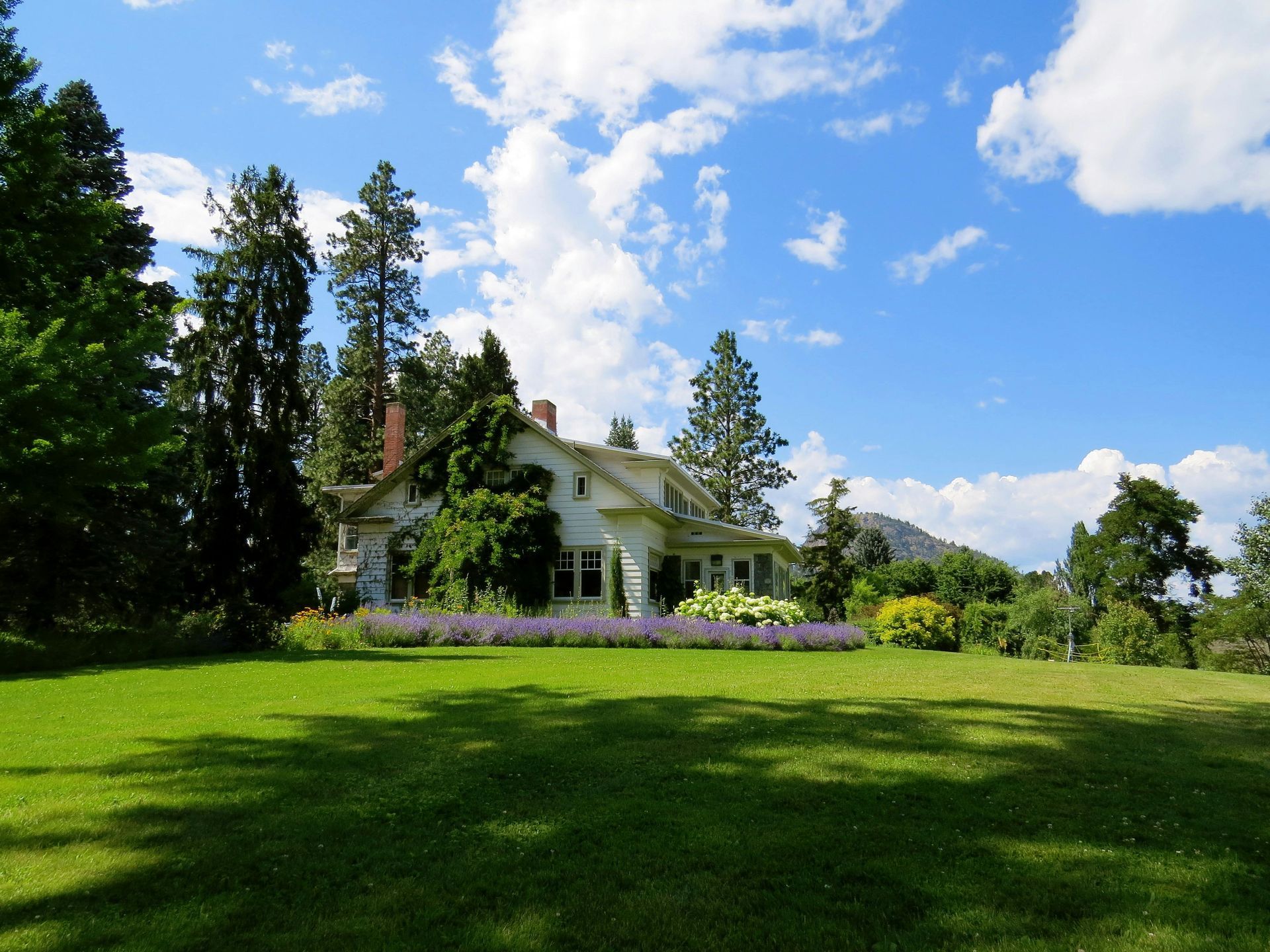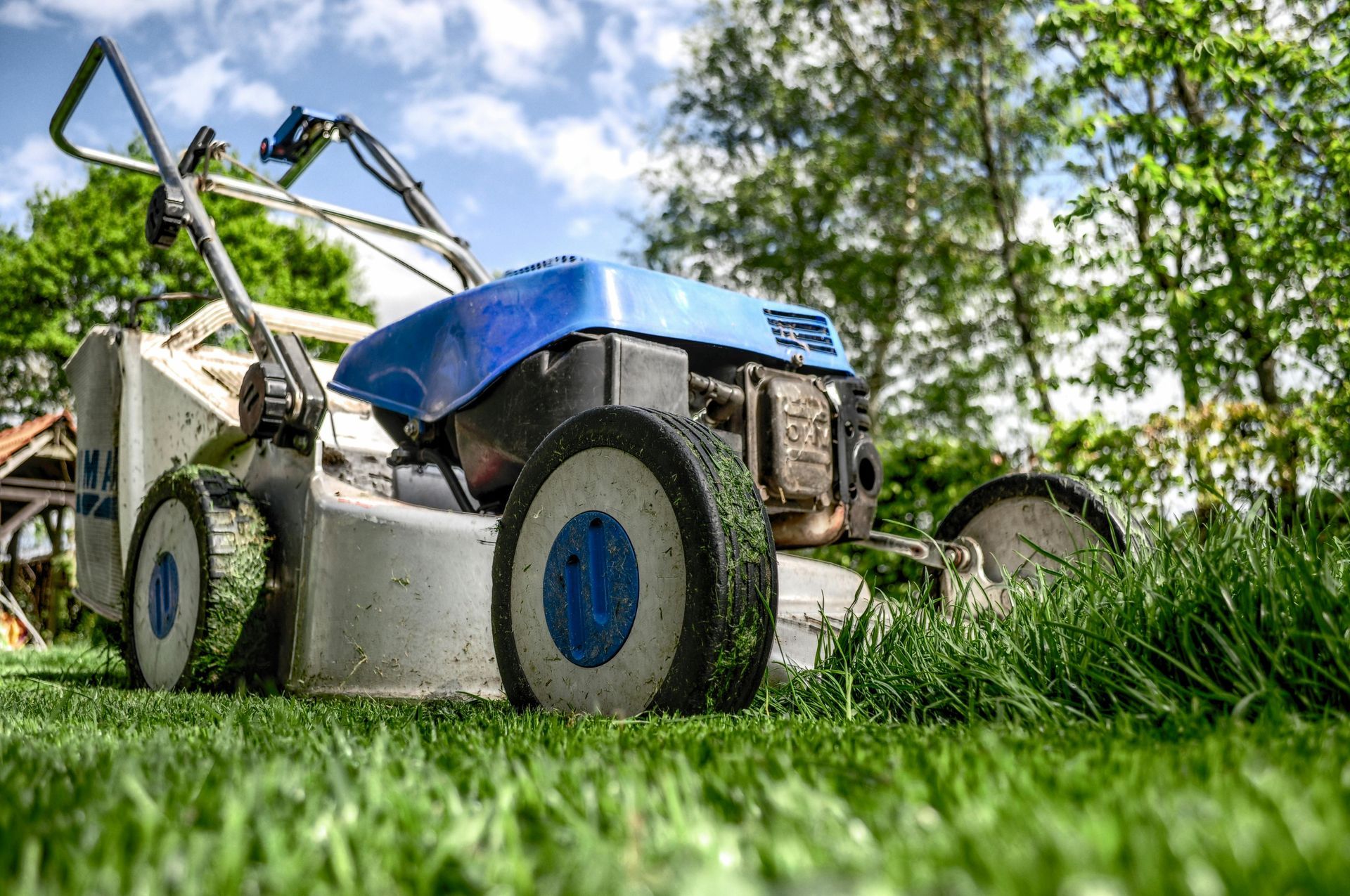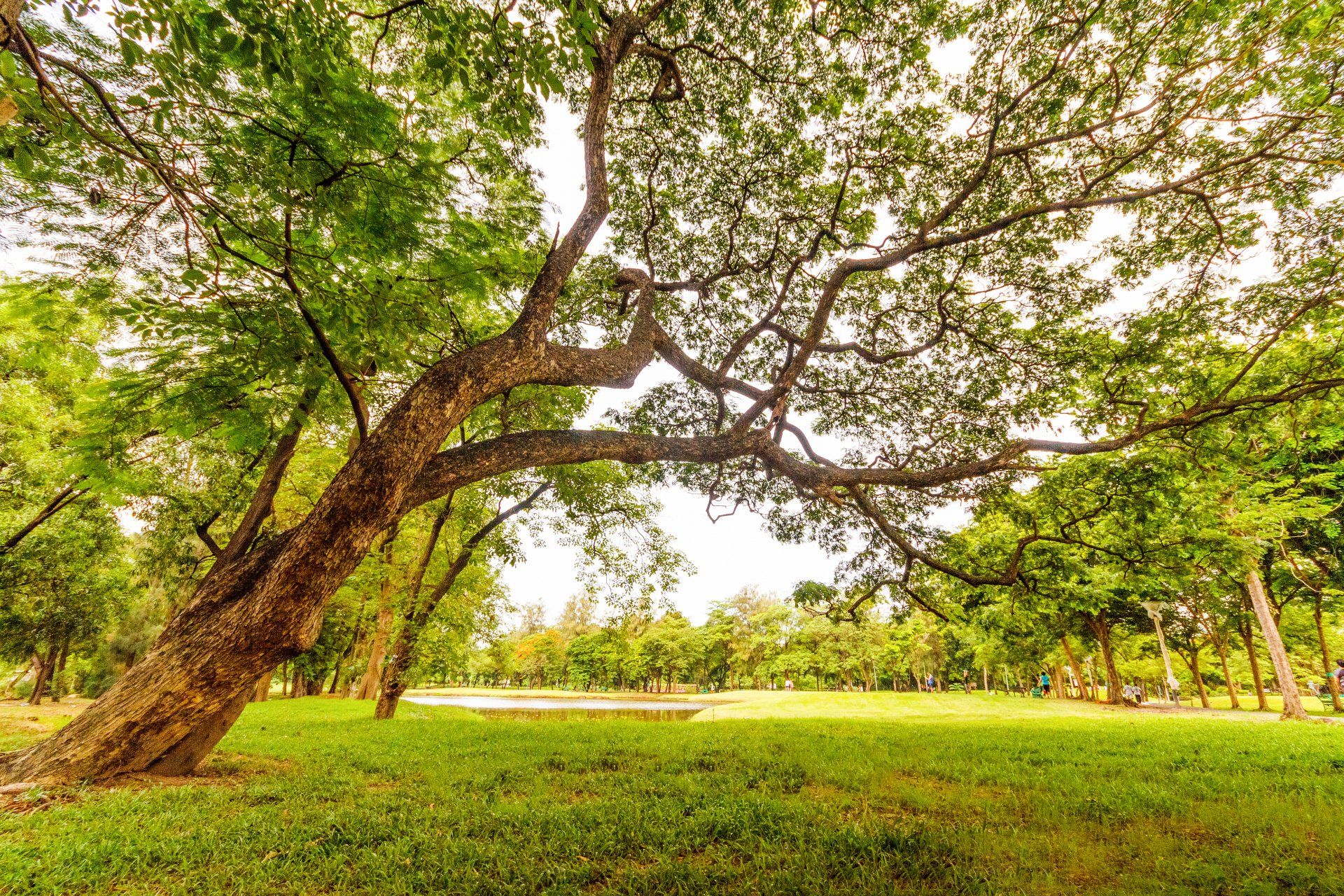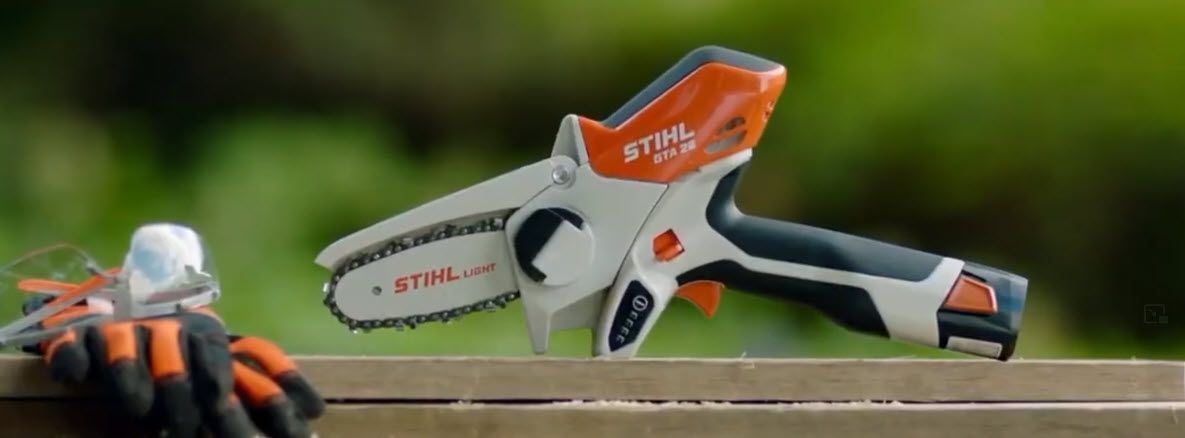Spring Lawn Care - Part 2
Spring Lawn Care Guide - Part 2

When should you water your lawn in spring?
Actually, in early spring, you don’t need to water your lawn at all. In fact, if you live in the north, your lawn will not need watering in spring, unless you have re-seeded a patch. If that’s the case, only water the overseeded area and not the rest of the yard.
When it comes to watering the lawn, you need to remember three rules:
• Provide only the required amount of water.
• Only provide water when it is needed.
• It is better to water deeply and less often than to water lightly and frequently.
I recommend that you hold off the watering at the beginning of the season because this will force the grassroots to go deeper in search of moisture. Deeper roots will put your grass in a better position to survive drought conditions.
But, you certainly don’t want the grass to be parched. A tell-tale sign of this is a droopy lawn. If you walk on the grass and the blades do not spring right back up after you lift your foot, it is time to water them
A few tips for watering the lawn
• As long as the weather brings frequent rain showers and cold temperatures, you don’t have to water the lawn.
• Although spring droughts are rare in the northern part of the country, if you have a dry spring this year, do water the yard once a week.
• Cold season grasses will go dormant during extreme drought and will turn yellow but they will regain their verdant look once the rain and cooler temperatures return.
• Early morning is the best time to water the lawn. So, schedule your watering between 4 a.m. to 8 a.m.
• For deep coverage, wet the soil up to 6 to 8 inches. This equates to about 1-2 inches of water per week. You should get this level by keeping the sprinkler on in one position for an hour at the least.
• The first visible sign of dehydration can be seen in the form of wilting or a bluish tinge on the blades.
• To test soil moisture, try to make a ball with the soil extracted from the first six inches of the ground. If you get a moist, but not drippy, soil ball, the moisture level is just right
When should you start mowing the lawn, and how often should it be done?
The most common cold season grass varieties like Kentucky Bluegrass and Tall Fescue both need mowing one to two times every week. I would ask you to hold off the mowing till you have given the grass enough time to grow to a height to 4 to 5 inches.
Generally, you should keep the grass at a height of 2.5 to 3.5 inches. This gives it significant drought and heat resistance. Also, this height leads to deeper rooting, which will help you to save water and fertilizer.
A few more tips to remember when mowing cool-season grasses are:
• Mulch the grass clippings for natural and organic lawn fertilization.
• Sharpen mower blades regularly to prevent stressing the plants.
• Sharp blades also help against fungal growth.
• Don’t remove more than 1/3rd of the total blade length at one time.
• For longer blades, mow once on high setting and a second time a few days later at a low setting to prevent going over the 1/3rd limit.
• Scalped or short trimmed grass has a smaller root system and is more susceptible to heat and drought damage. So, don’t go overboard with your mowing.

How do you counter springtime lawn diseases?
Lawn diseases don’t just emerge overnight, although it may seem so. Actually, three conditions have to be met for the disease-causing pathogens to create trouble:
1. The critters have to exist in and around the soil and the environment.
2. The grass type should be susceptible to the type/types of critters that live in the soil.
3. The environmental conditions should be right for these critters to multiply.
Now, you don’t have control over the first condition. I mean it’s called dirt for a reason! Soil almost always has an abundance of these pathogens. So, you have little control over this condition and only marginal control over the second.
You could choose a type of grass that can withstand the attack from a particular type of pathogen. But this would involve getting to know those critters well and that is hard to do. However, you have almost complete control over the third factor.
So, that is how you can stop those pathogens from hurting your lawn. However, instead of giving you generic solutions, I am going to discuss the three most common lawn pathogen-linked diseases that afflict cold season grasses.
What is the best way to deal with leaf spots?
Helminthosporium or the leaf spot disease actually starts in winter but lays low till the right conditions appear in the cool and moisture-rich environment of spring.
• The symptoms: Starts as purple spots of about 1/4th inch. Eventually, the spots grow and the center turns tan. If conditions are conducive, the spots grow larger and towards the crown of the blades. Eventually, the grass turns yellow from the tip down and dies.
• The patients: Ryegrass, Tall Fescue, Kentucky Bluegrass
• The treatment: Don’t over-fertilize the lawn and keep an eye out for the appearance of the spots in early spring. Only use slow-release nitrogen fertilizer (0.5 lbs or less/1000 sq.ft.) in spring.
Do not irrigate unless required and don’t water in the evening or at night. You want to keep water retention to the bare minimum. This is best accomplished by watering the yard in the morning before the dew has dried.
If your lawn has suffered from this disease before, starting in early spring, begin washing the heavy dew from the blades every day. Dewdrops contain natural sugars that are food for disease-causing critters.
Avoid the use of herbicides (except for spot spraying) when the disease is active. Use fungicides only if the disease progresses past the stage of purple spots.
How do you tackle red thread and pink patch diseases?
These occur together and as you may have guessed, they involve the growth of pink fungal filaments on the grass surface. Mild winters cause an uptick in the appearance of these diseases.
• The symptoms: Pink patches appear after the winter snow begins to melt. If you examine closely, you can see the thread-like, gelatinous fungus covering the grass blades.
• The patients: Kentucky bluegrass, ryegrass, fine fescue, and bentgrass.
• The treatment: The disease affects nitrogen-starved grass, so implement a disciplined fertility regimen. But, don’t over-fertilize. Moisture is crucial for the growth of the fungus, so don’t overwater the lawn. In fact, avoid irrigation in the evening to lower exposure to water.
How do you handle the notorious powdery mildew?
The disease thrives in cool and humid weather. So, your yard may suffer from it in spring as well as in fall. Although it does not progress as aggressively as some of the other fungal infections and it never gets to the roots, it will eventually kill the grass by blocking sunlight and starving it of nutrients.
• The symptoms: A dusting of white powder on the grass blades.
• The patients: Kentucky bluegrass is most susceptible followed by fescue.
• The treatment: The disease tends to take root in shaded areas. So, prune low hanging branches if possible. Avoid excessive watering and fertilization. You may have to use fungicides to control this fungus, but these can be expensive. An alternative is to remove the infected grass.
How do you tackle grubs?
There are two problems with these worm-like creatures, apart from their yucky looks. First, they feed on the roots of the grass and starve the plants. Second, they are an open invitation to other pests like moles and raccoons.
Treatment is both number and species-specific when it comes to grubs. So, if you have ten or more larvae per square foot, it is time to kill those suckers. Preventative herbicides against these critters work best in spring while curative measures yield best results if incorporated in fall lawn care.
For grass seed, herbicides, fungicides, fertilizers and other lawn care products visit Martens Reedsburg True Value Superstore today. We have everything you need to maintain a healthy, green lawn!
Look for Part 3 of this Spring Lawn Care article coming soon...
Part 2 is an excerpt of an article Originally Posted On: https://greenthumbplanet.com/spring-lawn-care-guide/










